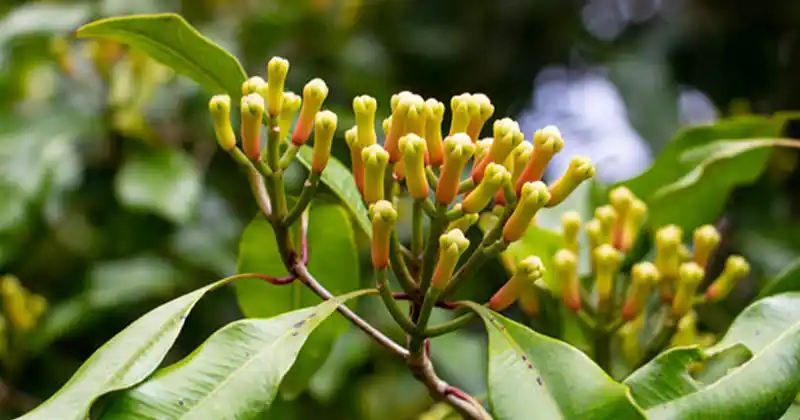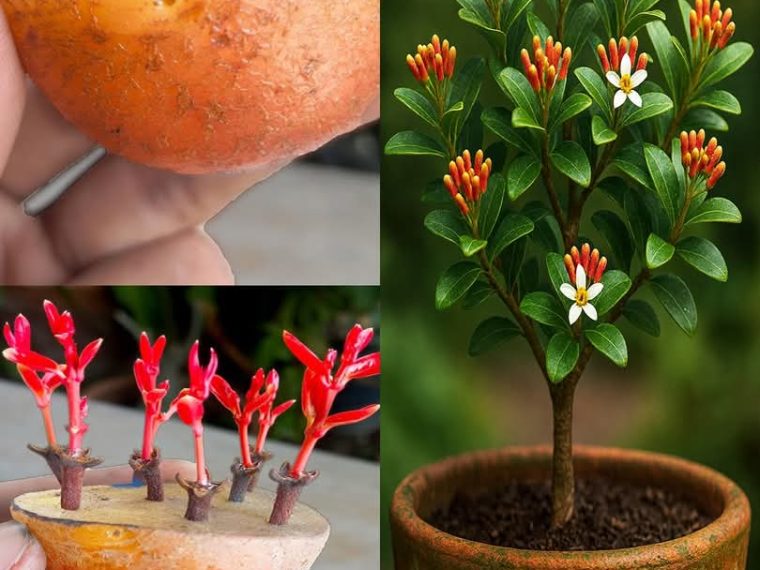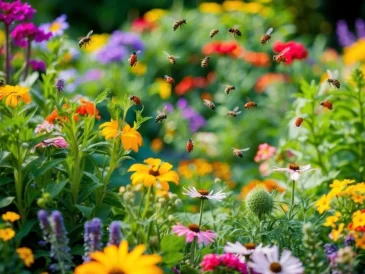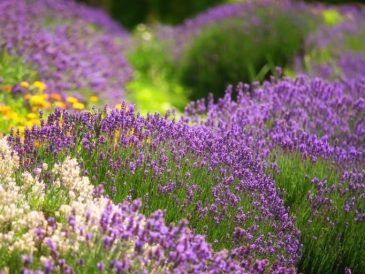Clove (Syzygium aromaticum) is one of the world’s most valuable spices, cherished for its strong aroma and medicinal properties. Native to the Maluku Islands of Indonesia, clove trees can be grown successfully in tropical and subtropical climates, and with the right techniques, even in large pots. While clove plants are slow growers, they reward patience with fragrant flowers and aromatic buds. Beyond the usual advice about soil and watering, there are some little-known tricks that can give your plants a stronger start and improve their long-term growth.

Choosing the Right Spot
- Secret Trick: Cloves thrive when grown in filtered sunlight during their early years. Planting them under the partial shade of taller trees or using a shade net in pots reduces stress on young plants and helps their roots establish faster. As they mature, they can tolerate more direct sunlight.
Soil Secrets
- Moisture Magic: Cloves love soil that holds moisture but never stays soggy. A mix of loamy soil with plenty of leaf compost works best. Adding a small amount of sand ensures good drainage.
- Hidden Boost: Before planting, mix crushed eggshells or finely ground sea shells into the soil. These add calcium, which cloves particularly appreciate for steady growth.
Watering Wisdom
- Gentle Rain Imitation: Instead of pouring water directly, mist the soil and leaves lightly with a sprayer in the early morning or evening. Cloves naturally grow in humid climates, so recreating that environment encourages healthier leaves.
- Don’t Overdo It: A clove plant’s roots are sensitive. Let the top inch of soil dry slightly before watering again to avoid root rot.
Mulching Secrets
- Natural Blanket: Use a thick mulch of coconut husk, banana leaves, or dried grass around the base. This not only keeps soil moisture balanced but also slowly adds organic nutrients as it breaks down.
- Bonus Trick: Adding a few pieces of neem leaves to the mulch helps keep pests and fungal problems away.
Feeding the Plant
TO CONTINUE READING THE ARTICLE PLEASE SEE PAGE 2
Pages: 1 2





